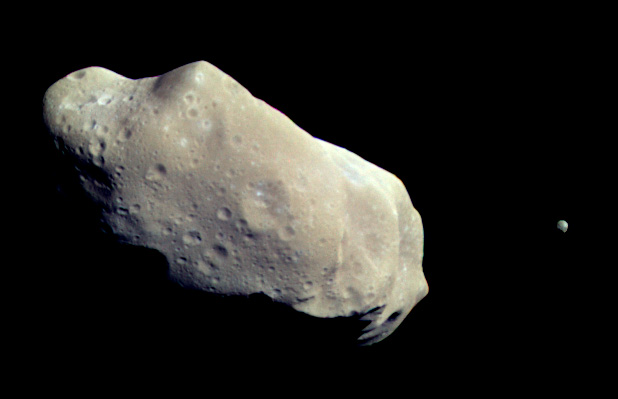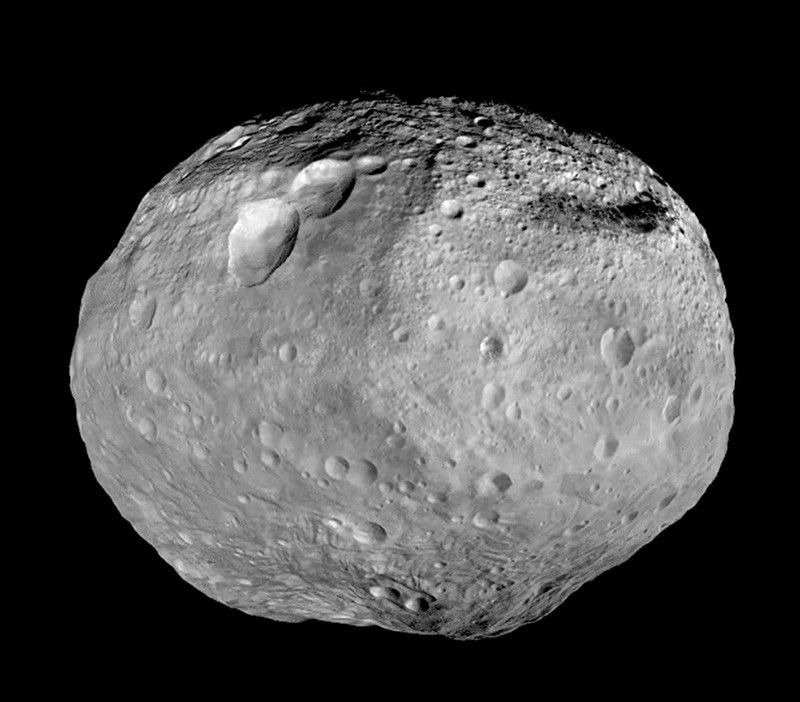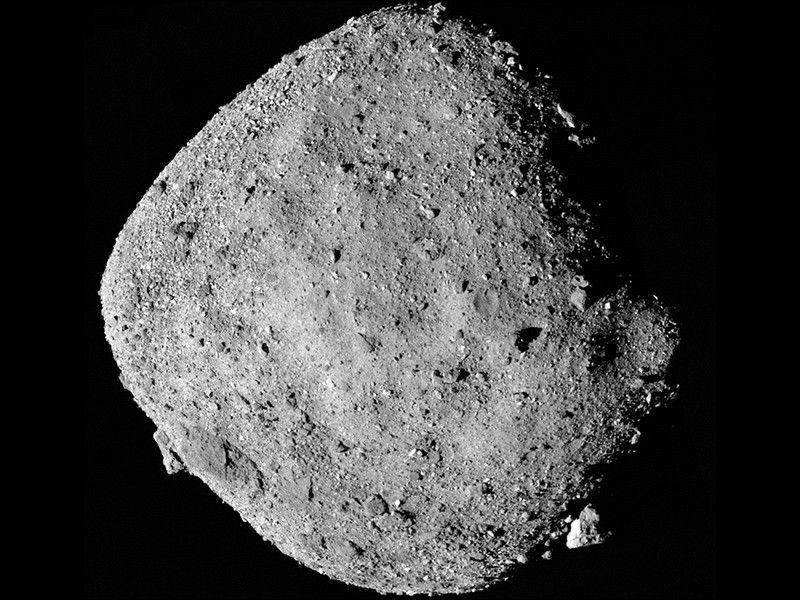


Asteroids have historically been observed from Earth. The first close-up observation of an asteroid was made by the Galileo spacecraft. Several dedicated missions to asteroids were subsequently launched by NASA and JAXA, with plans for other missions in progress. NASA's NEAR Shoemaker studied Eros, and Dawn observed Vesta and Ceres. JAXA's missions Hayabusa and Hayabusa2 studied and returned samples of Itokawa and Ryugu, respectively. OSIRIS-REx studied Bennu, collecting a sample in 2020 which was delivered back to Earth in 2023. NASA's Lucy, launched in 2021, is tasked with studying ten different asteroids, two from the main belt and eight Jupiter trojans. Psyche, launched October 2023, aims to study the metallic asteroid Psyche.
An asteroid is a minor planet an object larger than a meteoroid that is neither a planet nor an identified comet that orbits within the inner Solar System or is co-orbital with Jupiter (Trojan asteroids).
Asteroids are rocky, metallic, or icy bodies with no atmosphere, and are broadly classified into:
The size and shape of asteroids vary significantly, ranging from small rubble piles under a kilometer across to Ceres, a dwarf planet almost 1,000 km in diameter.
A body is classified as a comet, not an asteroid, if it shows a coma (tail) when warmed by solar radiation, although recent observations suggest a continuum between these types of bodies.


